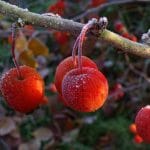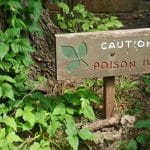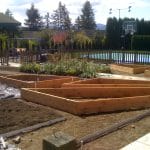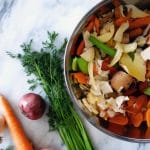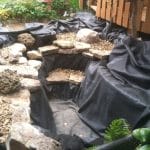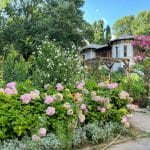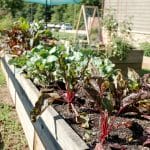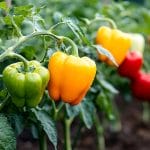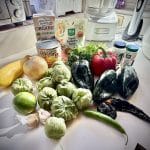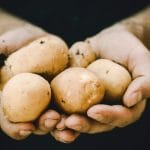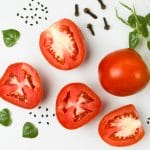The Ultimate Gardening Guide by Region and Month
Growing Seasons & Zones Guides Seeds
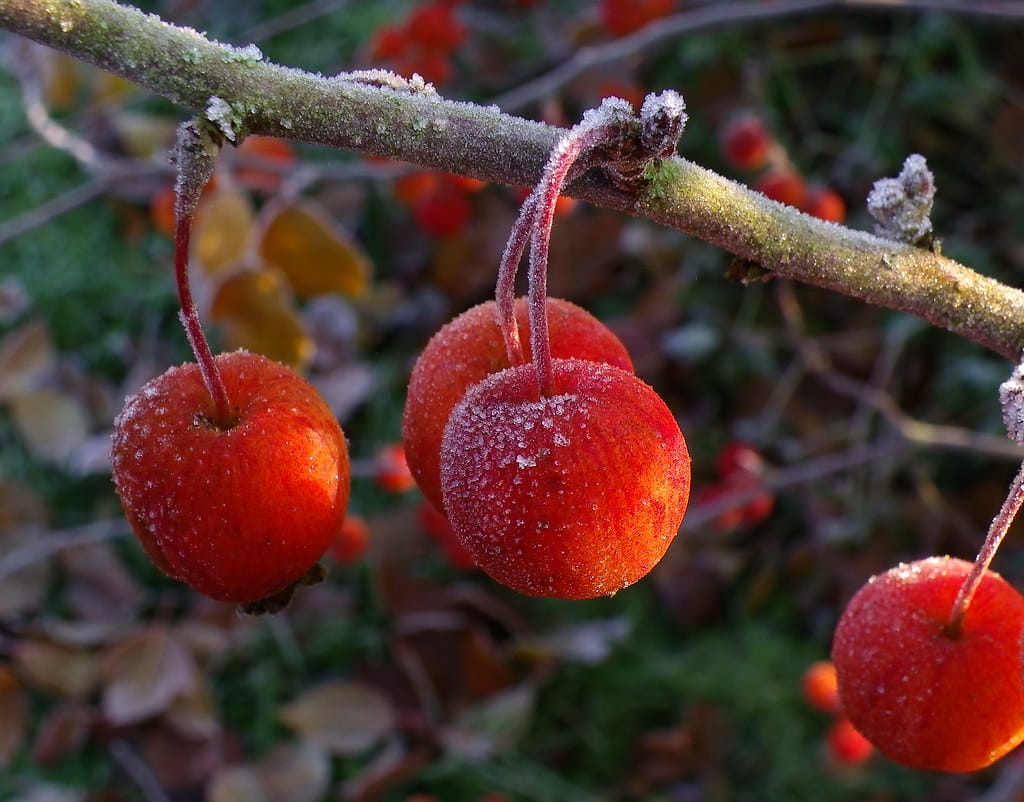
Gardening isn’t just planting seeds and hoping for the best. It’s about paying attention to your corner of the world, learning the quirks of your soil, watching the weather, and adjusting as you go. Over the years, I’ve gotten into the rhythm of the seasons in different parts of the country, and I’ve found that knowing what to do month by month—region by region—makes life a lot easier. I’ve tried to capture the essentials here, mixed with a few lessons I’ve learned the hard way.
Vegetable & Herb Planting Guide by Zone
| Crop | Sowing Method | Growth Time | Outdoor Planting Timing | Zones |
|---|---|---|---|---|
| Beans | Direct sow | — | 2 weeks after last frost | Zones 3–10 |
| Beets | Direct sow | 2–3 weeks | 2–3 weeks before last frost | Zones 3–10 |
| Broccoli | Start indoors 6 weeks before | — | 2 weeks before last frost | Zones 3–10 |
| Brussels Sprouts | Start indoors 6 weeks before | — | 3 weeks before last frost | Zones 3–10 |
| Cabbage | Start indoors 6 weeks before | — | 3 weeks before last frost | Zones 3–10 |
| Carrots | Direct sow | — | 1–2 weeks before last frost | Zones 3–10 |
| Cauliflower | Start indoors 4–6 weeks before | — | 2 weeks before last frost | Zones 3–10 |
| Collards | Start indoors 4–6 weeks before | — | 4 weeks before last frost | Zones 3–10 |
| Corn (sweet) | Direct sow | 2–4 weeks | 2 weeks after last frost | Zones 3–10 |
| Cucumber | Direct or start indoors | 2–4 weeks | 1–2 weeks after last frost | Zones 3–10 |
| Eggplant | Start indoors 6–9 weeks before | — | 3 weeks after last frost | Zones 3–10 |
| Greens (lettuce, etc.) | Direct sow | — | As soon as soil can be worked | Zones 3–10 |
| Okra | Direct or start indoors | 4–6 weeks | 2–4 weeks after last frost | Zones 3–10 |
| Onion | Direct or transplant | 2–3 weeks | 2–3 weeks before last frost | Zones 3–10 |
| Peas | Direct sow | — | 4–6 weeks before last frost | Zones 3–10 |
| Peppers | Start indoors 8–10 weeks before | — | 2 weeks after last frost | Zones 3–10 |
| Pumpkin | Direct or start indoors | 3–4 weeks | 2–3 weeks after last frost | Zones 3–10 |
| Radish | Direct sow | 3–4 weeks | 3–4 weeks before last frost | Zones 3–10 |
| Spinach | Direct sow | 3–6 weeks | 3–6 weeks before last frost | Zones 3–10 |
| Squash | Direct sow | 2–4 weeks | 2 weeks after last frost | Zones 3–10 |
| Tomato | Start indoors 6–8 weeks before | — | 1 week after last frost | Zones 3–10 |
| Tomatillo | Start indoors 6–8 weeks before | — | 1 week after last frost | Zones 3–10 |
| Kale | Start indoors 4–6 weeks before or direct sow | — | Early spring | Zones 3–10 |
| Turnips | Direct sow | — | Early spring or fall | Zones 3–10 |
| Rutabaga | Direct sow | — | Summer for fall harvest | Zones 3–10 |
| Leeks | Start indoors 8–10 weeks before | — | 2–4 weeks before last frost | Zones 3–10 |
| Lettuce | Direct or start indoors | — | 3–6 weeks before last frost | Zones 3–10 |
| Swiss Chard | Direct or start indoors | — | 2–4 weeks before last frost | Zones 3–10 |
| Mustard Greens | Direct sow | — | 2–4 weeks before last frost | Zones 3–10 |
| Celery | Start indoors 10–12 weeks before | — | After frost | Zones 3–10 |
| Kohlrabi | Direct or start indoors | — | Spring or fall | Zones 3–10 |
| Endive / Escarole | Direct or start indoors | — | Spring or fall | Zones 3–10 |
| Fava Beans | Direct sow | — | Very early spring or fall | Zones 3–10 |
| Artichokes | Start indoors 8–10 weeks before | — | After last frost | Zones 7–10 (annual in 3–6) |
| Horseradish | Plant root cuttings | — | Spring or fall | Zones 3–10 |
| Basil | Start indoors 5–7 weeks before | — | 2 weeks after last frost | Zones 3–10 |
| Chamomile | Direct or start indoors | 3–4 weeks | 0–1 week after last frost | Zones 3–10 |
| Parsley | Start indoors 8–10 weeks before | — | 2 weeks before last frost | Zones 3–10 |
West Coast Gardening (Zones 5–10)
The Climate
If you’re anywhere near the coast, winters are mild and wet, summers are dry and hot—though inland can really crank up the heat. Frost? Rare along the shore (Zones 9–10), but inland, especially in Zones 5–8, late frosts can sneak in. Snow is mostly a visitor to higher elevations; along the coast, it’s practically a ghost.
The Soil
Coastal soil usually leans sandy loam—well-drained, but it loves a good dose of organic matter. Inland, clay loam dominates, and if you don’t want waterlogged roots, compost and raised beds are your friends. Your goal is to reach a pH between 6.0 and 7.5; it’ll keep your veggies happier than a bee on a borage flower.
Amendments & Fertilizers
I keep a stash of compost from Gardener’s Supply and Black Kow, and I sprinkle it generously. For a bit of extra oomph, I turn to Espoma Garden-tone, Dr. Earth Vegetable Fertilizer, or Neptune’s Harvest fish emulsion. Mulch? Straw, bark, or cocoa hulls work wonders—keep moisture in and weeds down.
Pollinators & Pests
Bees, hummingbirds, and butterflies are your partners here, especially spring through summer. Keep an eye out for aphids, whiteflies, slugs, and spider mites. A few companion plants—nasturtium, marigolds, borage, or basil—can save you headaches. I’ve planted enough basil near tomatoes to practically have a pesto factory.
Month-by-Month Tips
January: Time to plan and dream. Prune dormant trees, order seeds, and start early indoor seedlings like tomatoes, peppers, and herbs. Add compost to beds and double-check soil pH.
February: More seed starting indoors. Prep your raised beds and lightly fertilize dormant perennials with compost or worm castings.
March: Direct sow peas, radishes, spinach, and lettuce. If you’re in a warmer pocket, transplant broccoli, cabbage, and kale. Mulch for frost protection, and I like to introduce ladybugs early—keeps aphids in check.
April: Early potatoes, carrots, and onions go in. Harden off hardy seedlings and feed leafy greens with a bit of fish emulsion. Pollinators start buzzing—spring’s official arrival.
May: Plant warm-season crops after the frost: tomatoes, peppers, cucumbers, and beans. Mulch for moisture retention. Companion planting is key—basil near tomatoes, marigolds by peppers. Neem oil or insecticidal soap works well if pests appear.
June: Fertilize warm-season crops and prune herbs and tomatoes. Bees and butterflies are at peak activity—enjoy the show.
July: Harvest early crops. Succession sow beans and cucumbers. Keep irrigation steady in the heat. Spider mites and squash bugs can show up; soap sprays or more ladybugs keep them honest.
August: Plant fall crops—broccoli, cabbage, kale—and mulch to conserve water. Fertilize lightly.
September: Plant garlic in Zones 6–10 and sow cover crops like clover, vetch, or rye. Nectar plants like asters and sedum help late-season pollinators.
October–December: Harvest, mulch perennials, compost debris, plant spring bulbs, prune dormant trees, and plan next year’s rotation. By December, it’s mostly dreaming and scheming again.
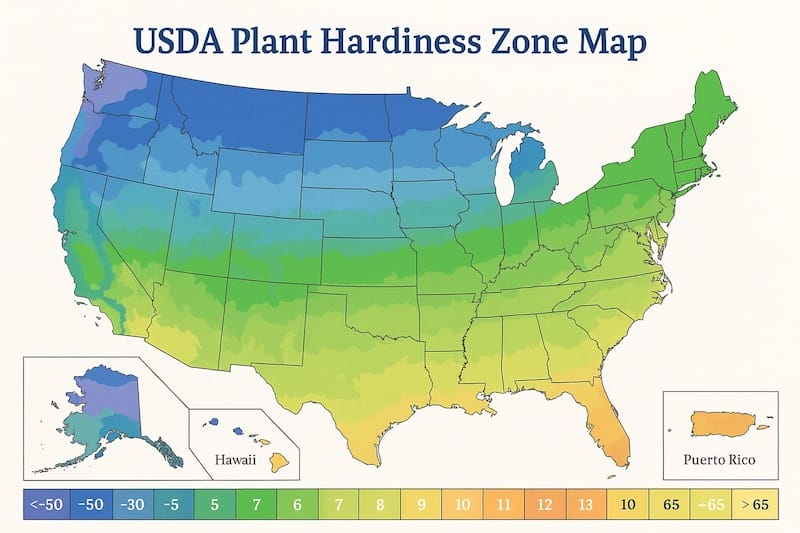
Midwest Gardening (Zones 3–6)
Winters bite hard here, summers can blister, and snow can hang around until March. Frost is the rule until May in most areas, so patience is key. The soil ranges from rich loam to stubborn clay, and I’ve learned to lean on raised beds when clay threatens to drown seedlings. pH 6.0–7.0 keeps things happy, and a mix of compost, worm castings, and aged manure does wonders.
Pollinators arrive in April through October, and I always watch for aphids, cucumber beetles, and Japanese beetles. Plant companions like marigolds, nasturtium, and borage to stay a step ahead.
January–February: Plan, order seeds, start seedlings indoors. Prune dormant trees. Compost perennials.
March: Direct sow peas, spinach, lettuce, radishes. Start potatoes indoors. Ladybugs for aphids.
April: Transplant hardy seedlings. Sow carrots, beets, and onions. Mulch for frost. Fish emulsion on leafy greens.
May: Warm-season crops after frost. Companion plants and succession sowing.
June–August: Fertilize, prune, water, harvest. Keep succession sowing late beans and radishes. Neem oil and insecticidal soap are handy for pest spikes.
September–December: Plant fall crops and garlic. Cover crops. Fertilize lightly. Mulch perennials. Compost debris. Plan crop rotation for next year.
East Coast Gardening (Zones 4–9)
Winters vary dramatically—northern zones see snow, southern zones barely a frost. Spring frosts linger in the north until late April. Summers are hot and humid, which your tomatoes will love (and your sweat won’t). Soils vary from sandy loam in the south to clay and silt in the north—organic matter is your friend.
Pollinators show up from spring through fall. Aphids, cucumber beetles, slugs, and Japanese beetles are all part of the local cast of characters. Companion planting remains your best defense.
January–February: Plan, order seeds, start indoor seedlings, and prune dormant trees.
March: Sow peas, radishes, spinach, lettuce. Start potatoes indoors. Compost raised beds.
April: Transplant hardy seedlings. Direct sow root crops. Ladybugs for aphids.
May: Transplant warm-season crops. Mulch, water, companion plant.
June–August: Fertilize, prune, and maintain irrigation. Harvest and succession sow.
September: Plant fall crops, garlic, and cover crops. Pollinator-friendly flowers like asters and sedum.
October–December: Harvest leftovers, mulch perennials, compost debris, plant spring bulbs in southern zones, and plan next year.
Tips That Work Anywhere
- Natural pest repellents: Neem oil, diatomaceous earth, insecticidal soap, ladybugs, lacewings.
- Pollinator plants: Borage, nasturtium, sunflowers, zinnias, asters, sedum.
- Soil enhancers: Worm castings, compost, leaf mold, aged manure.
- Fertilizers: Black Kow or Gardener’s Supply compost, Dr. Earth Vegetable Garden, Espoma Garden-tone, Neptune’s Harvest Fish Emulsion, Maxicrop Kelp.
FAQ (Quick Answers From Experience)
Q: How do I know when to plant seeds indoors?
A: Start them 6–8 weeks before your last frost date for most veggies. I’ve often started too early and ended up with leggy seedlings—lesson learned!
Q: What’s the easiest way to handle aphids?
A: Ladybugs are my first choice. They work like little vacuum cleaners, and they’re fun to watch. Soap sprays are great if you need backup.
Q: Should I compost everything?
A: Almost. Vegetable scraps, coffee grounds, leaves, and garden clippings. Avoid meat or dairy unless you have a hot compost setup. I’ve composted more failed ideas than I care to admit—still counts as learning.
Share this post
All categories
More From The Garden
Disclosure: This post may contain affiliate links. That means if you click and buy, The Bright Garden may earn a small commission, at no extra cost to you. We only recommend products we’ve vetted and believe will benefit our readers.

